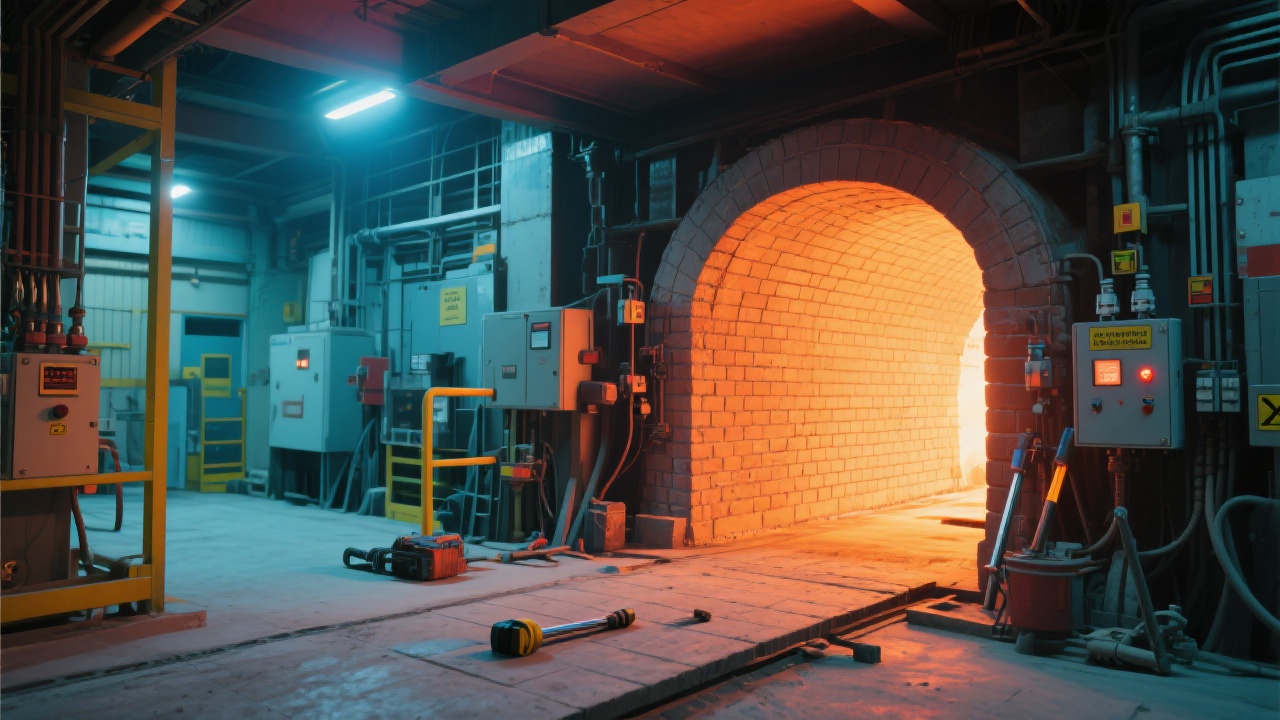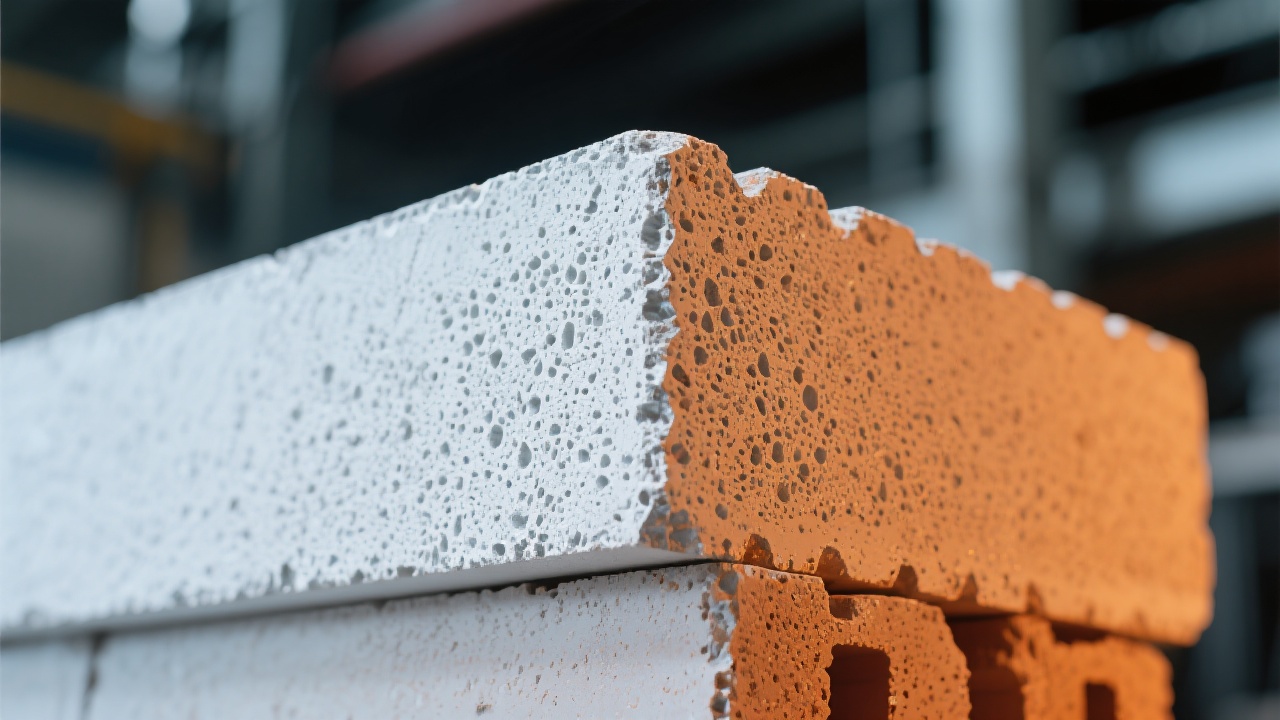
In the field of high - temperature heat treatment, rapid temperature changes are common, especially in scenarios where materials need to be quickly heated and cooled. However, traditional kiln furniture often fails under such extreme conditions. For example, in a ceramic manufacturing plant, traditional kiln furniture cracked after only 20 - 30 cycles of rapid heating and cooling, which significantly affected the production continuity. The cracking and damage of kiln furniture not only lead to increased costs for replacement but also disrupt the production schedule, causing potential losses to the enterprise.

Cordierite has several physical properties that make it an excellent choice for high - temperature kiln furniture. Firstly, it has a low density. Compared with traditional materials, cordierite is about 20% - 30% lighter. This low - density characteristic reduces the overall weight of the kiln furniture, making it easier to handle during installation and operation.
Secondly, cordierite has a porous structure. This structure gives it excellent thermal shock resistance. When exposed to rapid temperature changes, the pores can absorb and disperse thermal stress, reducing the risk of cracking. According to a study by the International Ceramic Research Institute, cordierite kiln furniture can withstand up to 100 - 150 cycles of rapid heating and cooling without significant damage, while traditional materials usually fail after 20 - 30 cycles.
In addition, cordierite has an extremely low creep rate. Creep is a phenomenon where materials deform slowly under high - temperature and long - term stress. The low creep rate of cordierite ensures that the shape and size of the kiln furniture remain stable during long - term use, which is crucial for maintaining the accuracy of the heat treatment process.
There are several factors that can cause cracks and losses in kiln furniture. Improper heating rate is one of the main reasons. If the heating rate is too fast, the surface and interior of the kiln furniture will have a large temperature difference, generating excessive thermal stress and leading to cracking. Uneven installation can also cause local stress concentration, making the kiln furniture more prone to damage. Similarly, uneven cooling during the cooling process can also cause internal stress and cracking.
Preventive maintenance is crucial for extending the service life of kiln furniture. A regular inspection plan should be established. Before each use, visually inspect the kiln furniture for cracks or signs of damage. During the use process, monitor the temperature and heating/cooling rate to ensure they are within the appropriate range. After use, clean the kiln furniture to remove any residues that may affect its performance.

In the ceramic industry, cordierite kiln furniture can be used to support ceramic products during the firing process. Due to the relatively low firing temperature of some ceramics, a moderate heating and cooling rate can be used. In the metal heat treatment industry, higher temperatures are usually involved. Therefore, a slower heating and cooling rate should be adopted to reduce the thermal stress on the kiln furniture. In the composite material industry, the unique properties of composite materials may require special handling. For example, when heat - treating composite materials with a high resin content, attention should be paid to preventing the resin from carbonizing and adhering to the kiln furniture.
"After using cordierite kiln furniture, our production efficiency has increased by 30%, and the replacement frequency of kiln furniture has decreased by 50%." - A customer from a leading metal heat - treatment company.
Cordierite kiln furniture offers significant advantages in high - temperature heat treatment scenarios. Its unique physical properties can effectively solve the problems faced by traditional kiln furniture. By following the correct maintenance plan and operation skills, users in the ceramic, metal, and composite material industries can extend the service life of kiln furniture, improve heat - treatment efficiency, and enhance production stability. Are you ready to upgrade your high - temperature kiln furniture to cordierite? Click here to learn more about the benefits of cordierite kiln furniture!

